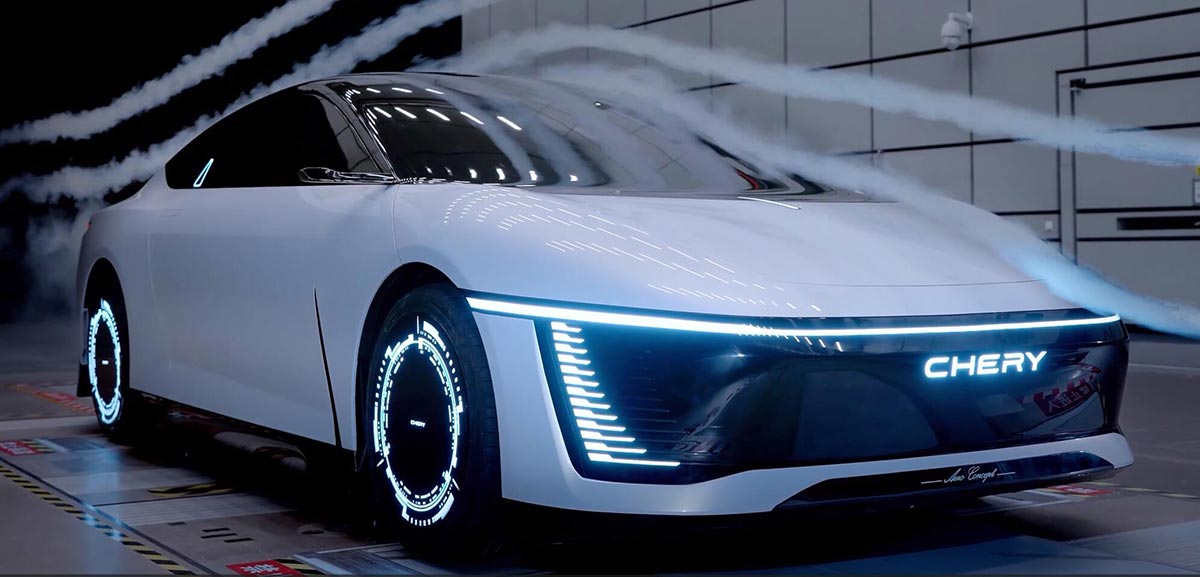Chery says it took inspiration from tuna fish for the overall design language of the Aero concept, and conducted more than 2,000 different optimization iterations in pursuit of the perfect aerodynamic lines. During wind tunnel tests in August this year, the Chinese automaker recorded a Cd of 0.168, which it claims is the best result in the automotive industry. However, the result hasn't even been independently verified.
It is a truly impressive figure. But it is far from the lowest drag coefficient the automotive industry has ever seen. To compare it with other remarkable achievements in aerodynamics, the Volkswagen ARVW concept in the 1970s achieved a Cd of 0.15. Meanwhile, the 1985 Ford Probe V concept had a drag coefficient of 0.137, and the 1954 Fiat Turbina had 0.14. These are all numbers that easily beat Chery's new concept.
The Lightyear 0, a much more modern car, had a drag coefficient of 0.175. However, this start-up didn't last long and only two cars were assembled.
Chery Automotive is a Chinese automobile manufacturer founded in 1997. Based in Wuhu, Anhui, China, Chery initially gained recognition for producing affordable compact cars designed to meet the needs of China's growing middle class.
Over time, Chery has demonstrated a commitment to innovation, with a strong emphasis on research and development. A notable aspect of its global expansion has been its foray into the electric vehicle market. The manufacturer's international footprint has grown steadily, with partnerships and assembly plants in several countries around the globe.
Source: Motor1

